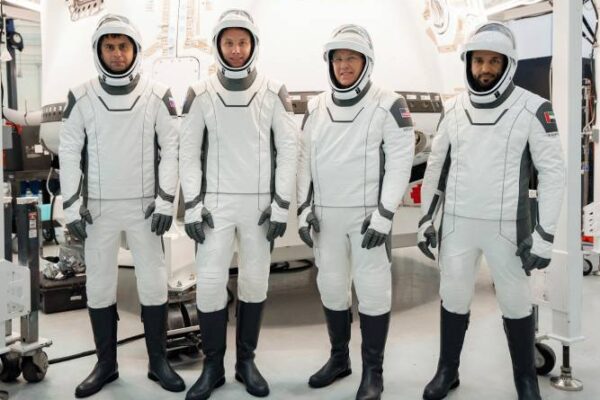TEMPO, NASA’s Innovative Pollution Monitor, Reveals First Maps of North American Pollution
Marking a significant milestone, the inaugural data visualizations produced by NASA’s state-of-the-art pollution-monitoring tool were unveiled on Thursday. Operating from a vantage point 22,000 miles above the equator, NASA’s TEMPO apparatus generates compelling graphic depictions of pollution and air quality spanning the North American continent.
Expressing optimism about the long-term societal benefits, NASA Administrator Bill Nelson emphasized, “TEMPO’s revolutionary data will continue to yield dividends for communities and neighborhoods across the nation in the years ahead.” In response to this summer’s firsthand experiences of the adverse health effects of forest fire smoke on numerous Americans, Nelson highlighted NASA’s collaboration with the Biden-Harris Administration to facilitate access and utilization of TEMPO data. This accessibility aims to empower both ordinary citizens and decision-makers in their efforts to monitor and enhance the quality of the air we breathe, thereby enriching life on Earth.
NASA has outlined that the TEMPO instrument’s capabilities will significantly advance investigations into pollution stemming from rush-hour traffic, the dispersion of smoke and ash resulting from forest fires and volcanic activity, and even the consequences of fertilizer application on agricultural lands. The acronym TEMPO stands for Tropospheric Emissions: Monitoring of Pollution.
This instrumental advancement is poised to assist scientists in comprehending the health implications of various pollutants, while concurrently aiding in the creation of finely detailed air pollution maps at the local level. Launched aboard a SpaceX Falcon 9 rocket on April 6, TEMPO undertakes hourly scans of the lower atmosphere across North America, encompassing the expanse from coast to coast and spanning approximately from Mexico City to Canada. Among the multiple substances it measures are ozone, nitrogen dioxide, formaldehyde, aerosols, water vapor, and assorted trace gases.
Expressing anticipation about the initial outcomes, NASA TEMPO project manager Kevin Daugherty shared, “Observing the preliminary data yielded by the TEMPO instrument and confirming its performance matches our high expectations in its space operations is truly gratifying.” Daugherty expressed eagerness about completing the instrument’s commissioning phase and commencing scientific research endeavors.
Disclaimer: The views, suggestions, and opinions expressed here are the sole responsibility of the experts. No Chronicle Scope journalist was involved in the writing and production of this article.





